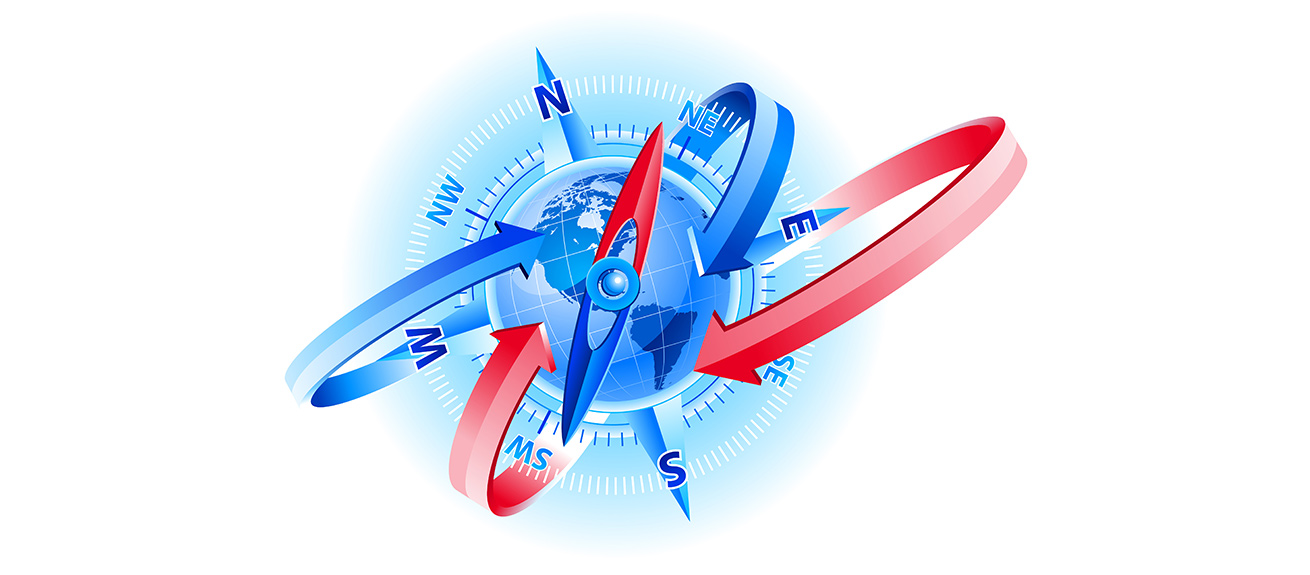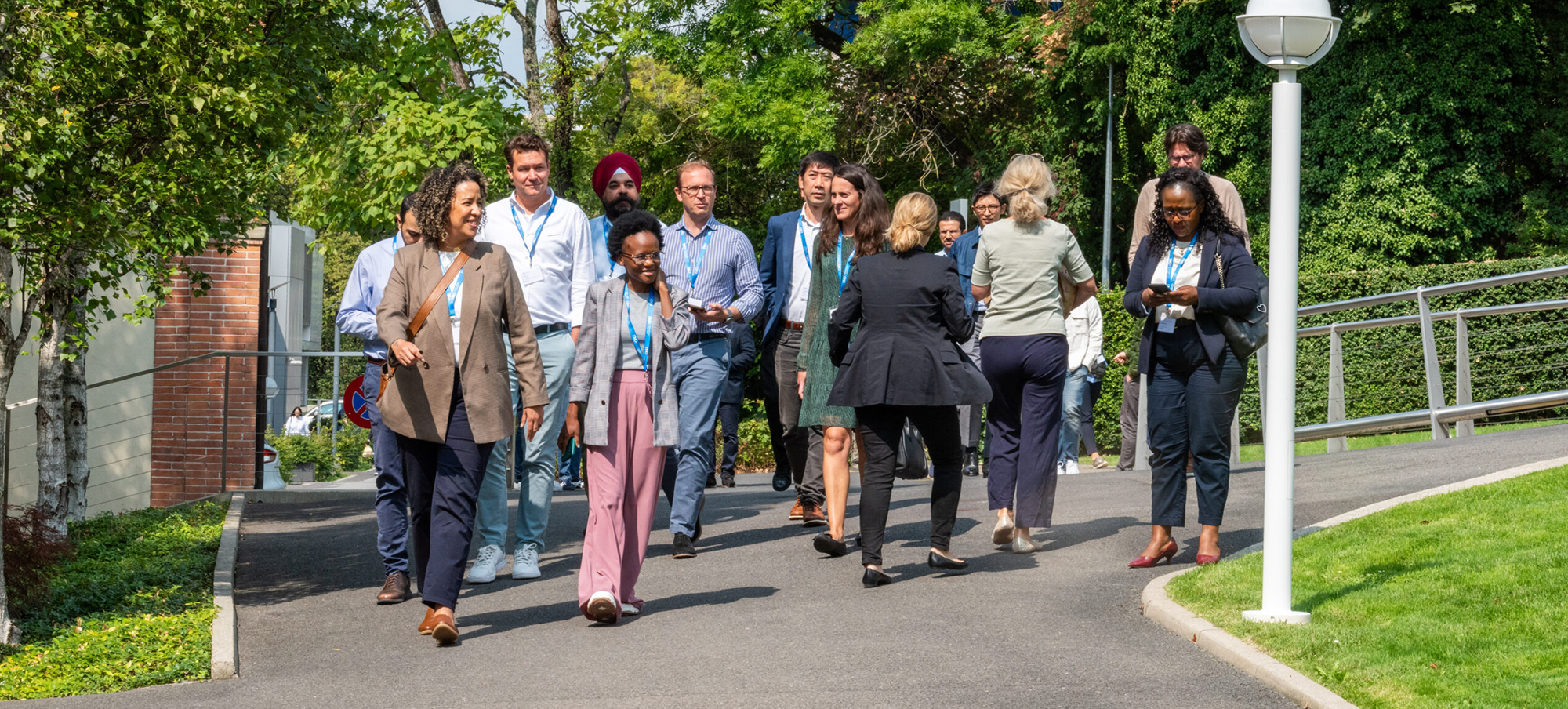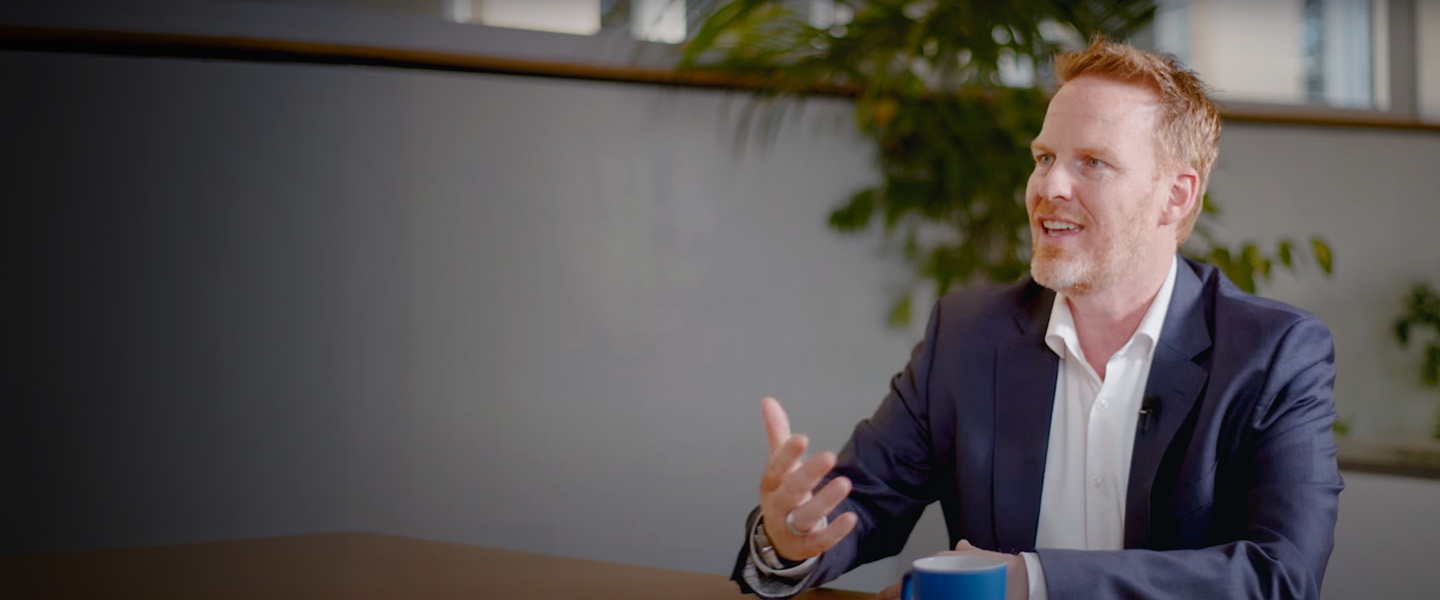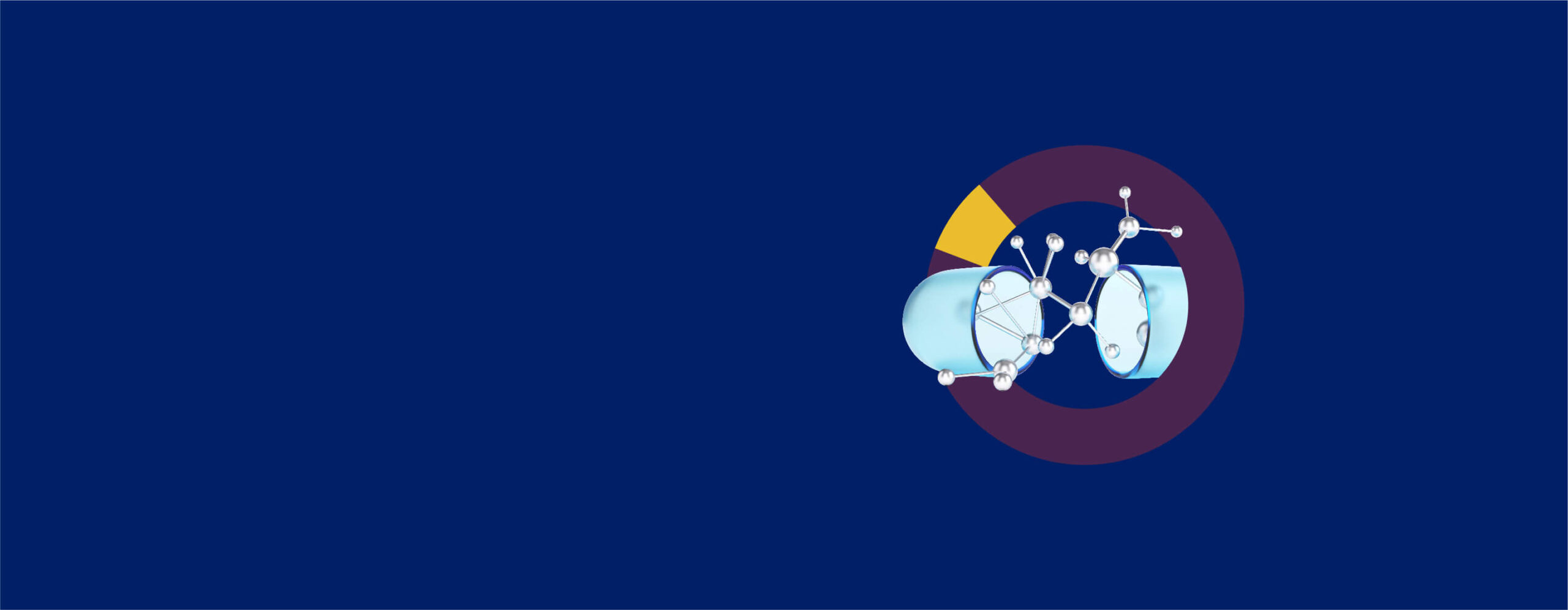More than 100 executives took part in the IMD global mindset survey during the Orchestrating Winning Performance program, and several gave interviews. The results reveal that some individual factors give executives the edge when leading and innovating in foreign locations. Above all, international exposure and proactiveness are important in creating global leaders; we identified four basic leadership categories based on these two dimensions: preservers, responders, local shapers and integrators.
In our globalizing and interconnected world, more and more executives need to perform “global work.” Global work can be defined as interacting across different cultures and markets, and it can be done either virtually or in person. This entails dealing with complexity as the context changes on several levels – e.g. environment, stakeholders – and at varying speeds, not to mention the interdependence or ambiguity that exists when operating in different locations. Leading in a context in which the volume, frequency and scope of information flows have increased, with the resulting rise in the need for non-face-to-face interactions, means that the leadership challenges are scaled up. Global work calls for global leaders.
What, then, are the defining characteristics of a successful global leader? We asked several 2013 OWP participants to give us their answers. Attributes most frequently mentioned were: the ability to understand different cultures, openness, good listening skills and resilience.
At IMD, we believe that global leaders inspire groups of people to achieve a vision in an effectively organized way, and they shape organizational transformation journeys in multiple, complex and uncertain country environments to ensure their company has a competitive advantage both today and in the future. This requires a global mindset.
A leader with a global mindset is able to effectively lead across borders, serving a multitude of diverse stakeholders in an ever-changing, uncertain, complex and ambiguous environment. As one participant, a senior vice president in the financial industry, said: “You need a global mindset to run global businesses. This means being open and understanding cultural differences, differences in business fields, and the impact on all kinds of stakeholders.” A global mindset helps the leader to innovate in foreign cultures, become an early mover in the global marketplace, coordinate across different subsidiaries and regions, and understand trade-offs between global standardization and local customization.
At OWP 2013, over 100 executives completed the IMD global mindset survey and we conducted interviews with several participants. In response to our questions, many respondents revealed that they did not find it difficult to conduct business in foreign locations. But what skills facilitated this? From the survey, we found significant results for leaders who were able to push cultural boundaries and who were:
- Quicker to identify opportunities and take action in emerging markets.
- Unwilling to accept cultural differences as an answer for why things can’t be done.
- Open to any and all ideas, even if colleagues told them that they might encounter problems with local unions or government ministers.
- Better at listening to and understanding people with local traditions.
Four global leadership categories
Levels of global leadership can be defined along two dimensions (see Figure 1): the amount of international exposure and the level of proactiveness. Leaders with a limited amount of international exposure and a relatively low level of proactiveness often try to control the cultural differences that exist between them and the local culture. We refer to these leaders as preservers. As leaders’ international exposure increases, they often start responding to the expectations and requirements of different cultures. We call this category responders. Leaders who are highly proactive in searching for opportunities but have limited international exposure and primarily focus on the local environment can be termed local shapers. They push boundaries within their own context. Leaders with both a high amount of international exposure and a high degree of proactiveness will try to collaborate across cultures in order to develop a new approach. These leaders are often integrators.
Preservers
From a cultural point of view, preservers are not very proactive and do not have much international exposure. For leaders on their first foreign assignment, engaging with the local context may be challenging. Such leaders may purposely try to control cultural differences in order to create consistency and decrease variation across cultures. This works well when global leaders want to uphold organizational values and global regulatory standards or maintain codes of ethics. It can become limiting, however, when managers come to a location with a mindset of cultural minimization because they are unaware of the importance of cultural differences and/or have a low level of proactiveness. This is often the case with managers from industrialized countries arriving in developing countries.
For example, a European CEO in the healthcare industry told us the following. “When you come from Germany to a developing country, you have a bit this feeling of superiority. Even if you say you don’t want to have it, you have it. Even if you come with the best intentions, it takes time until you fully accept the opinion of a colleague from a less developed country, for example from India or the Philippines.”
Responders
In an ideal situation, the abovementioned preserver managers come to realize that their way is not the only effective way to handle situations and that the context of the new market requires different responses. “Through experience you get to know other cultures. Gradually you meet colleagues from other cultures and you gradually change your mind.”
A global category manager with over 20 years of international experience was working in the Middle East. Here is how he reflected on his experience, “The culture is very hierarchical and everything has to be written down. So, if you make a proposal you write it on a piece of paper and give it to your boss. The paper needs to go all the way up, because the decision maker is the chairman of the board.” By responding to the local context, the manager adapted his behavior accordingly.
Local shapers
Leaders who are proactive but lack international exposure are local shapers. A head of Group strategic planning in the financial industry described how he was developing his global leadership skills. “Perhaps by accident I was asked to mix with top analysts in my country. I was fortunate to be surrounded by very good people, and we constantly exchanged ideas on how we could improve things. I learnt a lot from them, and they helped me understand the business. I had a very good mentor for many years. I am very interested in the changes in the industry, where the gaps are, and why people fail. I read a lot and keep informed through the network I’ve built. I also negotiate with my boss so that I can attend different courses. While my work occurs within my country, this [way of working] gives me some exposure to interactions with people at the global level.”
Integrators
By collaborating across cultures, integrators create new processes and standards that are accepted by all cultures and stakeholders. This leadership is particularly necessary when leading multicultural and geographically dispersed teams, dealing with mergers and acquisitions and joint ventures, and encouraging innovation in foreign cultures. It starts with the assumption that an agreement can be reached. As one OWP participant said, “Global managers don’t accept it when someone says, ‘You can’t do that in Italy or Spain because of unions,’ or ‘You can’t do that in Japan because of the Ministry of Finance.’ They sort through the debris of cultural excuses and find opportunities to innovate.”
Integrators are leaders with a high level of proactiveness and with the most global perspective, including an open-minded approach, knowledge about the world, and skills for effective global work. They are successful in working across cultures because they have several advantages. They:
• Use their cross-cultural knowledge skillfully to develop context-specific actions that lead to organizational effectiveness.
• Adopt a global perspective to obtain information about the world, use the information experimentally, and also apply it in a complex environment.
• Bridge differences in a meaningful way, by actively managing differences between people, values and cultures. These differences are bridged when a conflict in values can nonetheless lead to productive cooperation and action.
• Leverage differences and synergistically integrate the disparate elements in an increasingly complex world.
• Play a coordinating role, more than a controlling one, and spend most of their time and resources improving coordination and cooperation between the various elements of the worldwide system.
As a hospital chief executive said, “The [integrator] has an open outlook, keeps up to date and has social concerns. He or she is able to look beyond the ‘self’ and considers perspectives from the point of view of the individual, the company, the country and the whole planet. He or she integrates these different views.”
Once a leader becomes an integrator, this approach can become a way of life, as one participant told us, “I was blessed to have the opportunities. The international experience endlessly shaped me. I could have chosen another path, and become a branch manager and lived a nice life. But I have a strong interest in what is going on in business – and socially and culturally in the world. I run international businesses. This is what I do, this is what I do best, and this is what I want to do. This is my fuel.”
Shaped by a crucible experience
Leadership literature suggests that leaders’ development is often influenced by a so-called crucible, or transformative, experience. “The crucible experience [is] a trial and a test, a point of deep self-reflection that force[s] them [leaders] to question who they [are] and what matter[s] to them. It require[s] them to examine their values, question their assumptions, hone their judgment. And, invariably, they [emerge] from the crucible stronger and more sure of themselves and their purpose – changed in some fundamental way.” A foreign assignment is such a crucible experience. Our interviewees seemed to agree. They felt strongly about being curious about the world, doing something different, expanding horizons, continuous learning, taking risks and being proactive.
A senior finance manager shared how he developed his global mindset: “You need to have a connection between the objectives of the corporation and what you can do locally. It isn’t always easy to create the bridge between the local and global dynamics. I am lucky as I have an American mindset combined with Asian experience. I have worked with and lived in different parts of the world, North America, Europe and all parts of Asia. I did my MBA and studied at IMD. The reason I have my job is that the organization understands the importance of this background.”
An Asian CEO’s words confirmed the importance of the combination of proactivity and international exposure: “Even during my initial interview I asked, ‘Will you send me outside Japan?’ And I kept asking the same question again and again. After working for four years in the Japanese subsidiary, I was sent to Germany. When I went to Germany, I knew nothing. I didn’t speak German, I was trying to learn how to work with the Germans. I tried to understand the German culture, language and attitudes, and watched German TV. It was interesting to watch Japan from the outside, [to appreciate] how the Germans see the Japanese. In general, their perspectives were very different from the Japanese newspapers’. Before meeting different people I looked at the world through a small window. As I listen to different people, their thinking, different opinions, my window is getting bigger.”
We asked OWP participants what advice they would give to younger generations to help them develop their global mindset. Here is a sample of what they had to say:
• You have to be receptive, open and ready to experience different cultures and ways of doing business. Go and experience new places, don’t get stuck, look for opportunities. Raise your hand, initiate a move, even when your organization is not yet ready to offer you a new experience.
• You have to keep learning.
• Make the jump, seek opportunities! Don’t hold back. Get out of your comfort zone.
• Be open and ready to accept an opportunity when it is offered to you. If you can’t go abroad, ask for job rotation. Expose yourself to different types of jobs, different associates, clients and regulations.
Most interviewees seemed to have the following in common: they consider themselves lucky, are grateful for their experience, recognize the importance of family support, have a high level of international exposure and have proactivity as a driver. Clearly, individual proactivity contributed a great deal to their acquiring a global mindset. However, our interviewees often had to persevere in their demands for international postings. Organizations could enhance the global mindset development of individual leaders as well as of the whole organization by creating a more structured approach to global leadership development, incorporating not only long-term but also short-term international assignments. With dual career considerations for many families, long-term assignments are becoming more challenging. Yet executives ideally need early exposure to different cultural contexts in order to develop their cross-cultural skill set. Being proactive and searching for these opportunities is no guarantee, but it is the starting point for developing global leadership skills.











